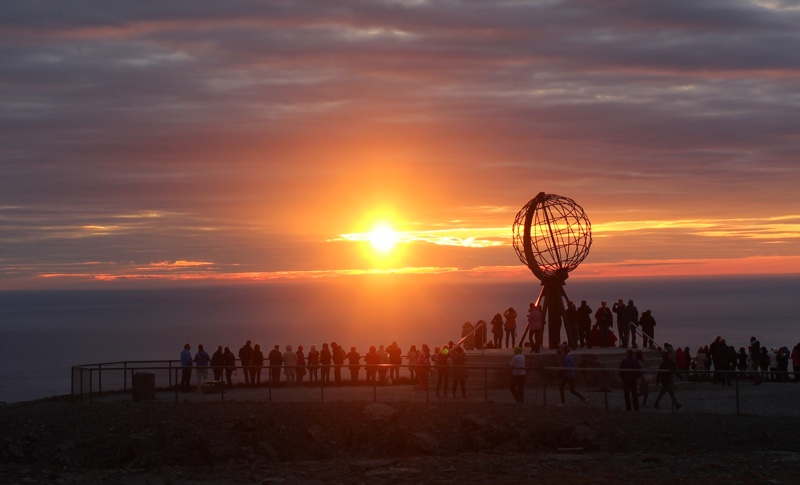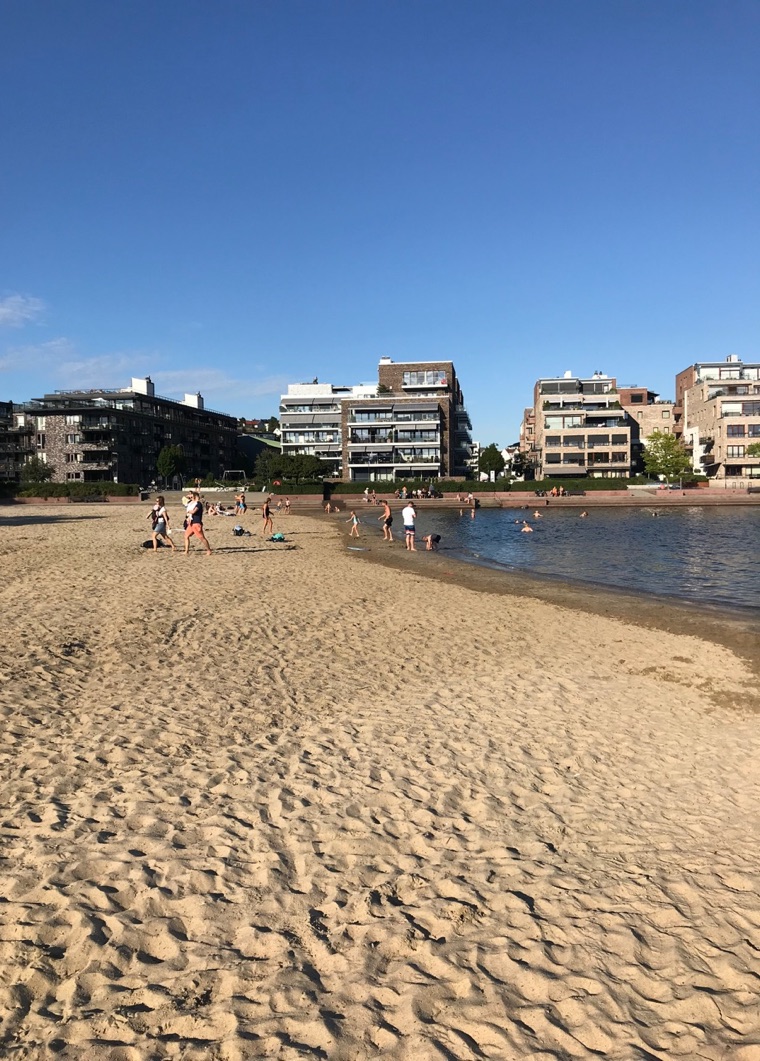
The weather in Norway may be better than you expect. Let's take a look at the averages temperatures and the weather types throughout the seasons.
One of the most frequent question types asked by visitors to this site is on the topic of the weather. Brochures, websites and the like tend to portray the country bathed in bright sunshine or in deep snow. The truth, more often than not, is something in the middle.
If you're wondering what to expect, the best advice I can give is to expect the unexpected! While this article will give you typical weather, that doesn't mean it will happen for you. The world's weather is changing. In 2019 Norway saw all-time temperature records smashed but also torrential rainstorms causing landslides that took lives.
So with that in mind, let's take a closer look at what you can expect from the weather in Norway.
Factors impacting Norway's climate
It's perhaps no surprise that people expect Norway to have a cold climate, because it has a relatively high latitude. In fact, central Norway's Trondheim is further north than Anchorage, Alaska!
But thanks to the North Atlantic Current (Gulf Stream), Norway enjoys a relatively mild climate. The difference is most notable during the winter months, when it can be surprisingly mild especially along the coastline.

However, before you go packing your sunglasses and beachwear for your winter trip to Norway, understand that it can and does get cold in major cities. If you are starting your journey in Norway's capital, check out our detailed article on what to expect from the weather in Oslo.
How cold is it in Norway?
Despite the similar latitudes, the January average temperature in Norway can be more than 10°C (18°F) warmer than in Alaska. However, there is massive variation across the country.
In both Oslo and Trondheim I've experienced temperatures as cold as -23°C (-9°F), while the inland regions such as Røros and parts of Finnmark can drop well below -30°C (-22°F). However, these temperatures are far from the norm in the places tourists most often frequent.
The average winter temperature in most Norwegian cities hovers at freezing or just below. Coastal areas could even enjoy an average temperature above freezing, although there will be many days when the mercury drops below.
It's important to remember that even at lower temperatures, sun damage is a risk. That's mainly because of the longer days in the summer, whereas in the winter the sun reflects off the snow.

How hot is a Norwegian summer?
Norwegian summers are known for their inconsistency. In recent years though, there's been a clear trend of warmer days. Summer days can reach as high as 30°C (86°F) in the major cities, but an average of 20°C (68°F) is much more usual.
The most consistent summer weather tends to be on the coast of southern Norway and along the coast of the Oslofjord. It's one of the reasons why Kristiansand is such a popular destination with Norwegian families in the summer.
How much does it rain in Norway?
Unless you're staying on the west coast, the amount of rainfall may surprise you. The west coast—notably Bergen—receives rainfall year-round. But across most of the country, especially inland, most of the rain falls from September to November. It does rain all year-round of course, but these months are consistently the wettest.
Whenever you visit Norway, make sure you're prepared with the appropriate travel gear.




